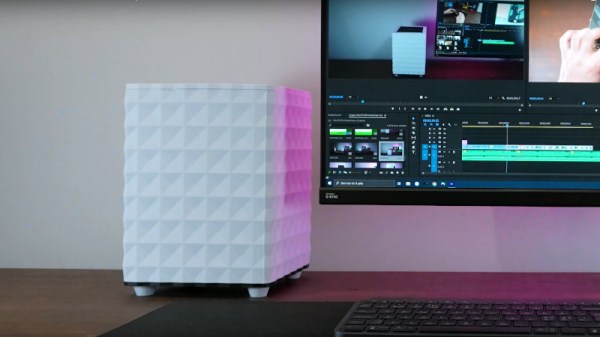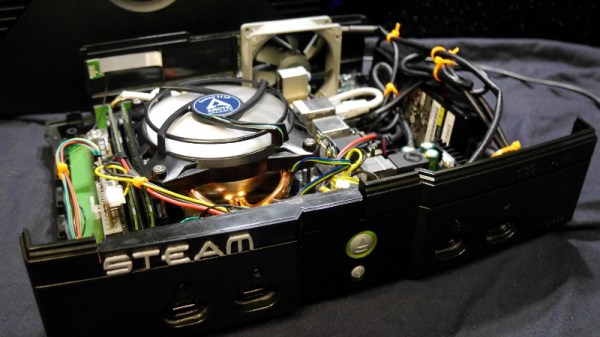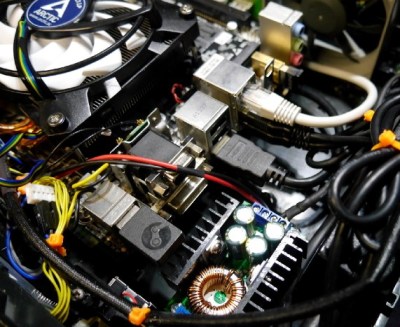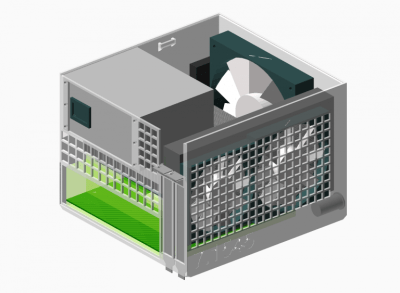The Macintosh Plus was Apple’s third version on the all-in-one Mac, and for its time it was a veritable powerhouse. If you don’t have one here in 2025 there are a variety of ways to emulate it, but should you wish for something closer to the silicon there’s now [max1zzz]’s all-new Mac Plus motherboard in a mini-ITX form factor to look forward to.
As with other retrocomputing communities, the classic Mac world has seen quite a few projects replacing custom parts with modern equivalents. Thus it has reverse engineered Apple PALs, a replacement for the Sony sound chip, an ATtiny based take on the Mac real-time clock, and a Pi Pico that does VGA conversion. It’s all surface mount save for the connectors and the 68000, purely because a socketed processor allows for one of the gold-and-ceramic packages to be used. The memory is soldered, but with 4 megabytes, this is well-specced for a Mac Plus.
At the moment it’s still in the prototype spin phase, but plenty of work is being done and it shows meaningful progress towards an eventual release to the world. We are impressed, and look forward to the modern takes on a Mac Plus which will inevitably come from it. While you’re waiting, amuse yourself with a lower-spec take on an early Mac.
Thanks [DosFox] for the tip.




















